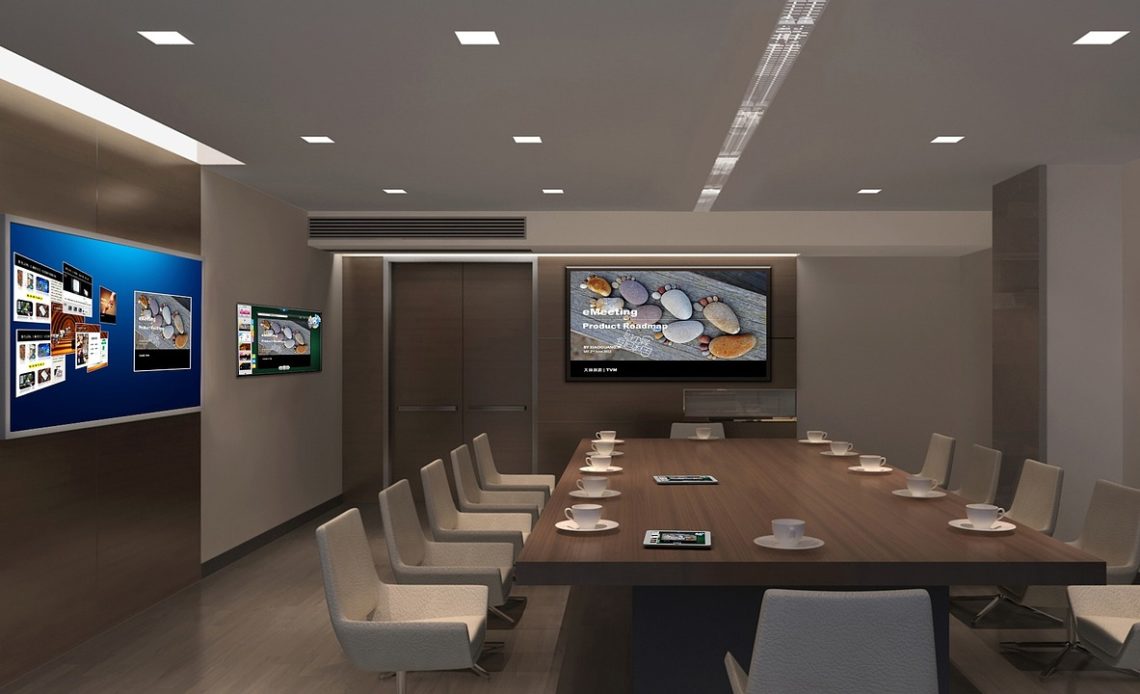Private networks on CBRS present a new set of opportunities for in-building networks. The cost of acquiring the shared CBRS spectrum is lower than the licensed spectrum used by buildings in the past. Hotels and casinos, public venues, warehouses, and manufacturing will lead to the early adoption of Private LTE on CBRS.
Lower expenses on the spectrum allow building owners to fund investments in their buildings without relying on mobile network operators. They can also afford to invest in smaller-sized facilities in the 50,000—250,000 square-foot property and even less for most enterprises.
Mobile network operators had an overriding influence on network investments for buildings in the past. They preferred to interconnect with bigger facilities, such as stadiums, convention centers, airports, and major hotels that were the source of large traffic volumes. DAS (Distributed Antenna Systems) has been the network of choice for large buildings, which entails excessive costs.
Neutral hosts were left with the task of funding smaller size buildings. They recouped their costs with recurring payments from MNOs. Additionally, the barriers to entry of neutral hosts were the arduous negotiations to arrive at agreements over the joint use of the spectrum and roaming.
CBRS changes the dynamics as neutral hosts can provide connectivity to the building and use programmable networks for seamless indoor and outdoor communications. Due to CBRS, neutral hosts can decide to invest independently and recoup the costs by providing services to buildings and users in the vicinity, such as a university campus.
Private LTE networks or those based on small cells still must overcome a new set of challenges that involve negotiations of roaming agreements outside of buildings or campuses. The operating costs of managing dynamic spectrum management with Spectrum Access Systems (SAS) and virtual Evolved Packet Core (EPC) are also a sticking point. However, mobile operators are more amenable to roaming networks as they are preoccupied with significant investments in the macro network. Similarly, cloud-based EPC-as-a-Service and SAS-as-a-Service can considerably lower costs.
Deployments of private networks in buildings
JB Smith, a real-estate company, is typical of the avid interest in CBRS from building owners. It purchased seven mid-band spectrum licenses worth 25.3 million for its planned private networks. The use of these licenses will span an area of 16.2 million square feet in National Landing and Potomac Yard, near Washington DC, marked by mixed-use buildings ranging from shopping malls to innovation centers and apartments.
Potential users of CBRS are over 325,000 buildings in the 50,000-500,000 sq ft size. These buildings are in the education, healthcare, hospitality, retail, office, residential, warehouse, and storage segments.
The opportunity for Private LTE on CBRS deployments has grown with the increasing use of IoT devices in commercial and industrial buildings. Boingo, Celona and Geoverse are among a new generation of neutral hosts who provide indoor and outdoor communications and aggregate and analyze data from IoT devices to provide services such as energy conservation.
Private Networks: a new value proposition for networks
Wi-Fi networks were the preferred option in most small size buildings. They were attractive for their low costs of installation and the ability to use unlicensed spectrums. However, the lack of security of Wi-Fi networks and radio interference, as more of them are deployed in proximity, has led many to look at the alternative of Private LTE.
While the combined capital and operating costs of Wi-Fi are lower compared to CBRS cellular networks ($0.53 versus $0.63-0.78 per square foot), this gets offset by rising opportunity costs as the volume and variety of data increases. Some data streams need binding standards of security. Some others need a threshold quality of service that degrades with the density of deployment.
The capital cost of DAS compared to CBRS private cellular networks is four times more ($56k ~ $81k versus $222k ~ $300k) which deters smaller venues from deploying it. On the other hand, the operating costs of CBRS equipment are higher due to SAS for coordinating usage in a shared spectrum and the expenses of the virtual Core EPC.
Lowering the operating costs of Private LTE on CBRS
Virtual Evolved Packet Core as a service for Private LTE CBRS networks provides favorable economics compared to Wi-Fi. The city of Tucson chose Geoverse GeoCore, a virtual Evolved Packet Core (EPC) as a Service, as the control element for its Private LTE network spanning 31 neighborhoods and five school districts. The city decided not to choose Wi-Fi for its educational institutions because the cost of installation and managing them exceeded that of a Private LTE, which has broader coverage. Geoverse also has roaming agreements with its parent company, ATN International, which enlarges its market for its EPC-as-a-Service offering.
The costs of SAS, currently accounting for 7 percent of the costs, are obscured by their bundling with a package of network services. Recently, Google, one of the major providers of SAS services, dropped the price to $2.25 per month per household to encourage the broader use of CBRS, which suggests economies of scale. Other players like Federated Wireless are expected to follow.
Conclusion
CBRS has changed the landscape for network design in buildings with lower spectrum costs and broader coverage than Wi-Fi. To make it a clear choice for buildings, neutral hosts will need to be adept in clinching deals with MNOs for processing data traffic inside and outside of buildings. Early signs indicate that the cost of SAS and EPC as services will drop to gain a clear advantage over Wi-Fi and DAS, especially for smaller facilities.

